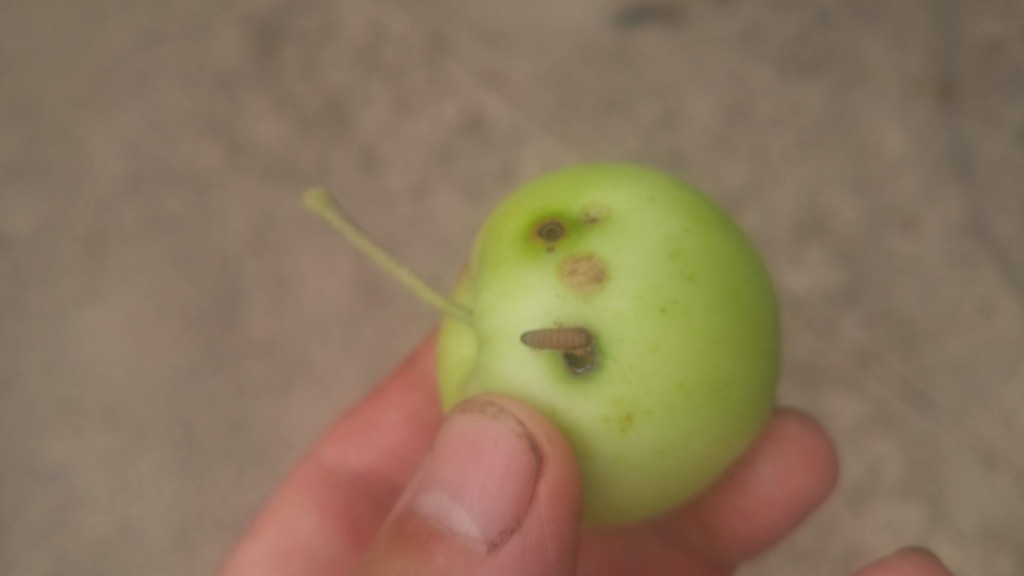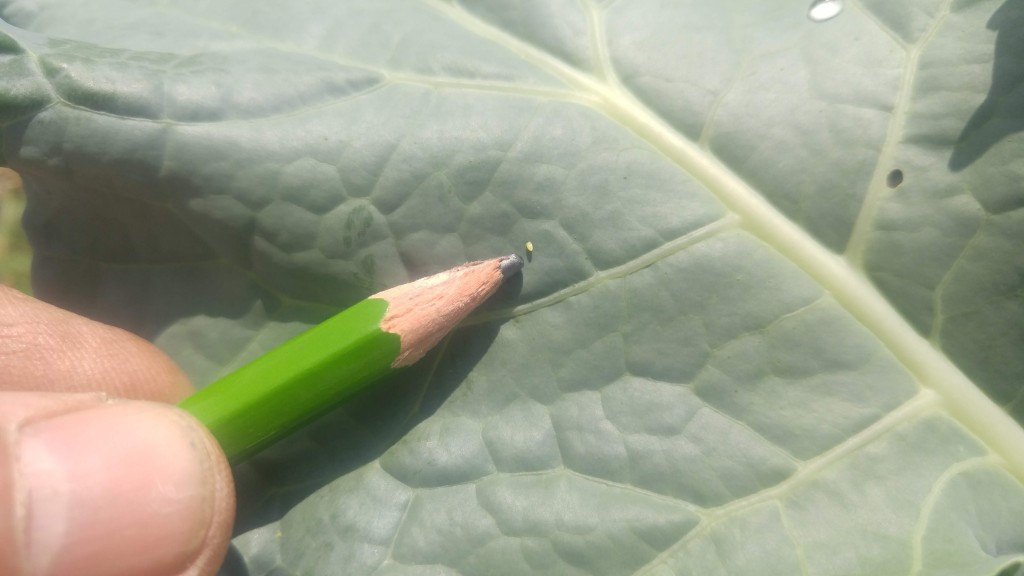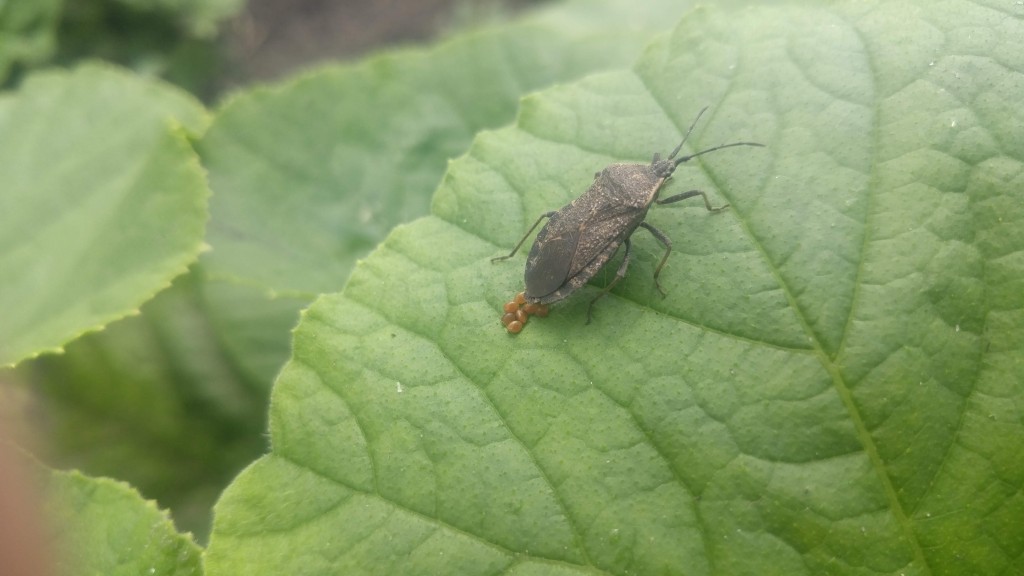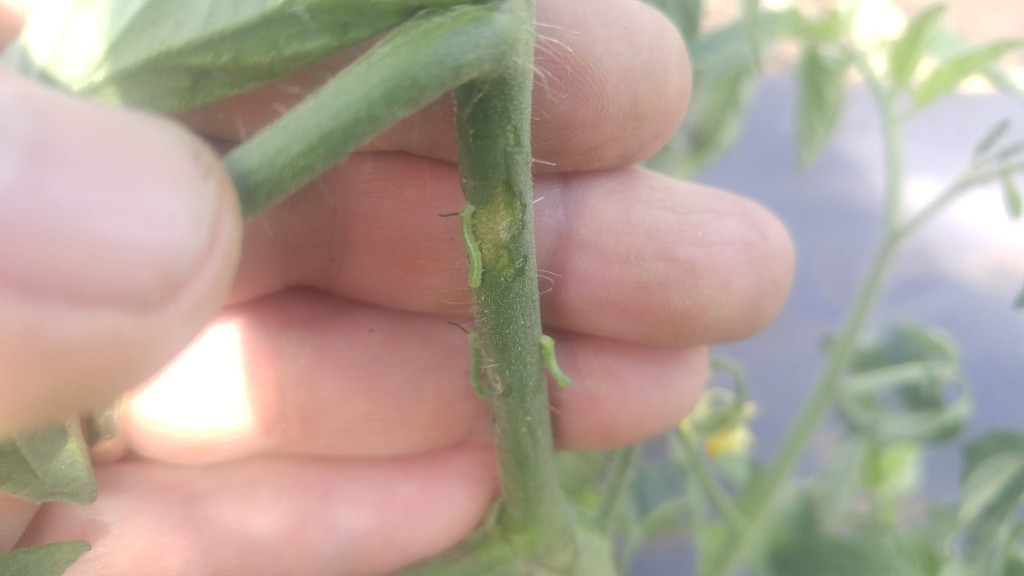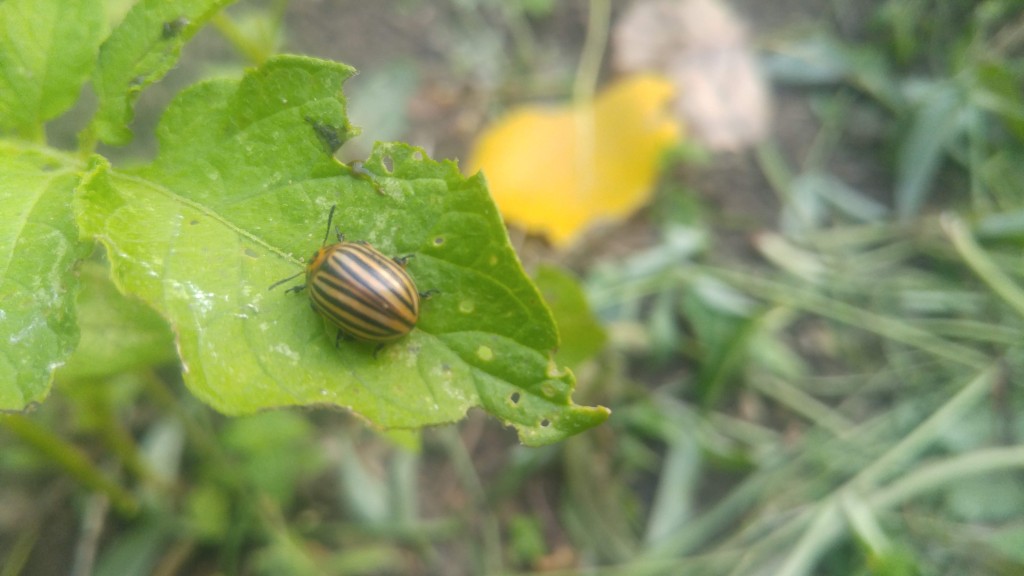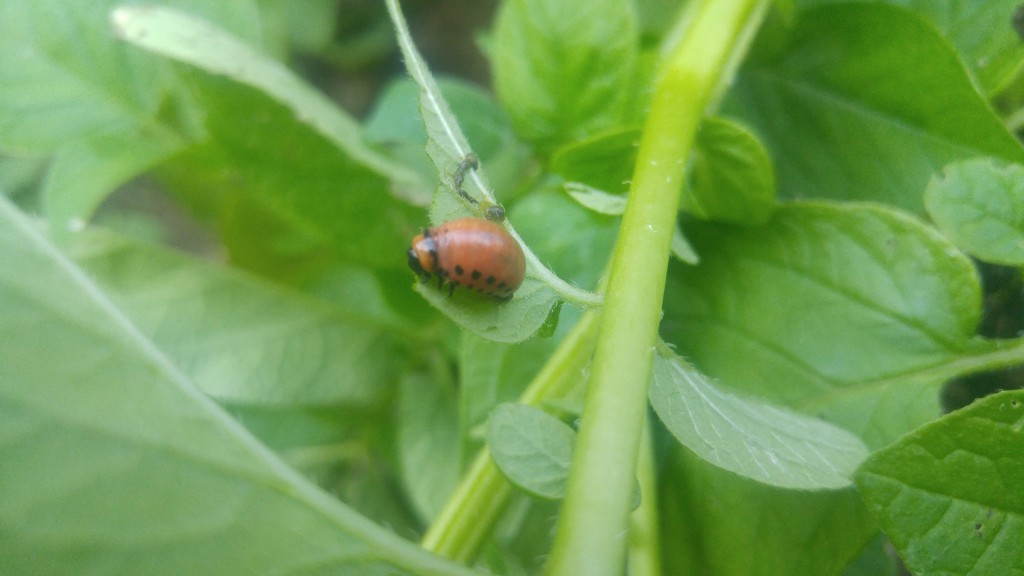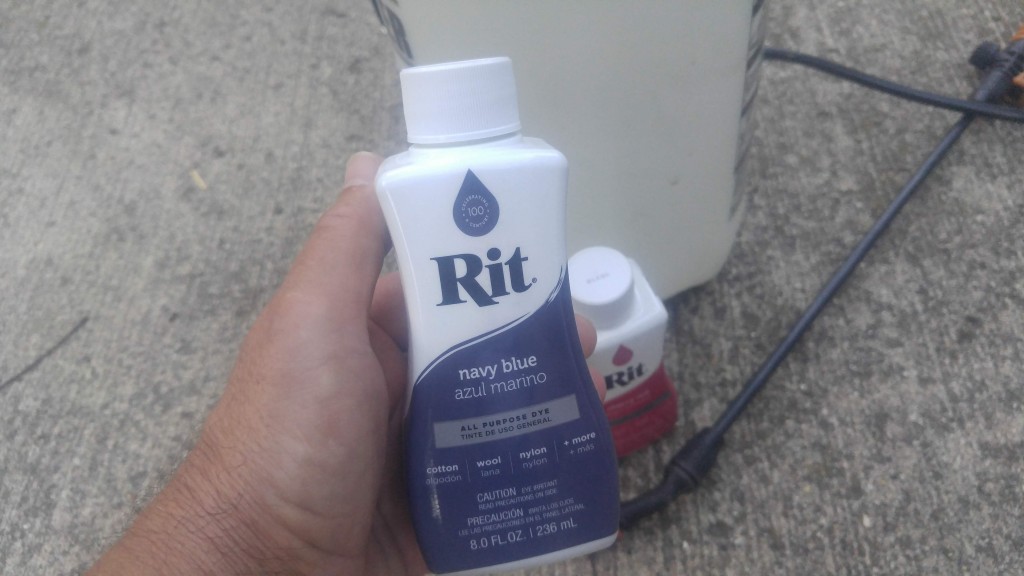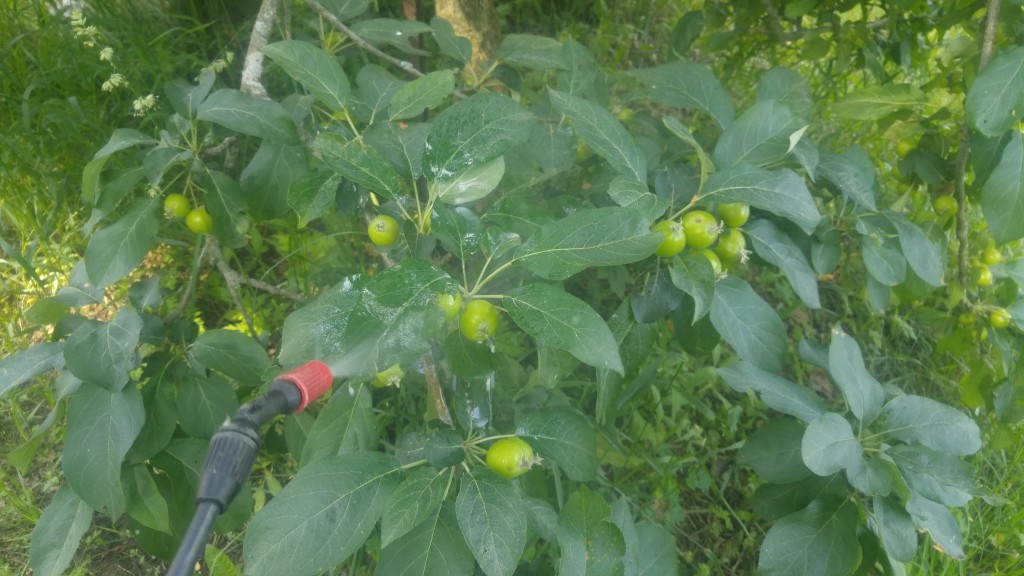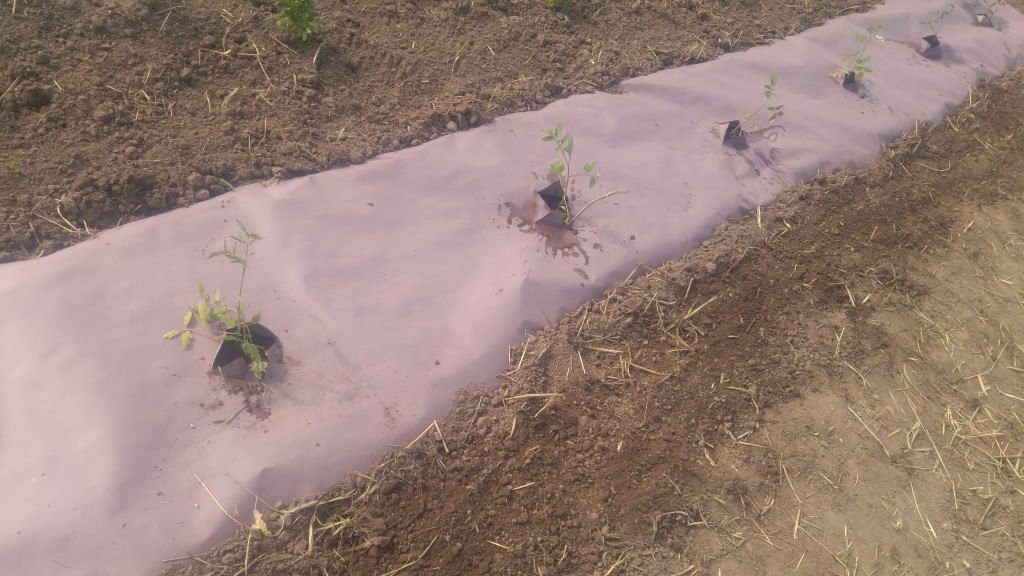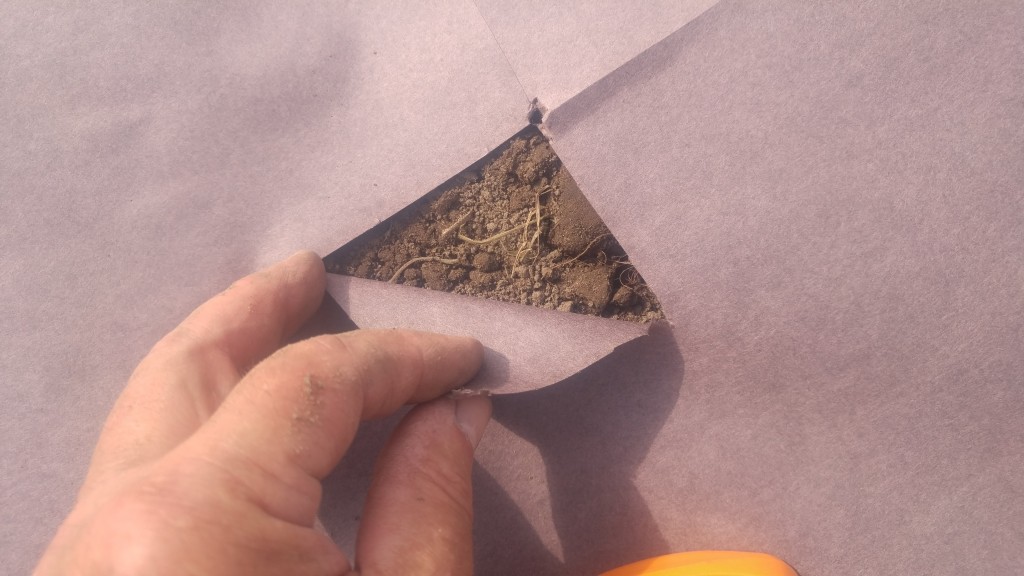What’s worse than finding a worm in your apple? A: Finding half a worm.
Modern pesticides and strict inspection policies have made finding a codling moth larva, or worm in an apple from a supermarket’s produce department a pretty rare thing for most consumers. Even though kids nowadays have never had that experience, the friendly worm in an apple still is subject of children’s books and cartoons.
Most backyard fruit growers on the other hand, have had direct experience with codling moth larvae. It’s one of the most common insect pests attacking apples and pears and if you let down your guard they will find your fruit and make a home in it.
Codling moths have a lifecycle similar to other moths. First, the adult female lays her eggs on the surface of an apple. Then the eggs hatch and the tiny larvae burrow into the fruit eating their way to the core. When fully grown, the larvae emerge from the fruit and find a protected area where they spin a cocoon and pupate. Early in the season they will emerge as new moths and lay more eggs.
Those present at the end of the season will spin a cocoon but will not pupate. Instead they overwinter as larvae inside their cocoon and pupate the following spring.
A regular spray schedule will keep these pests at bay but not everyone wants to use chemicals on their produce. In fact a major reason people have for growing their own fruit is to eliminate or reduce the amount of chemicals they may be exposed to. Sometimes a spray or two can missed, due to weather or other reasons, allowing the moths to gain a foothold.
Like most things in life, ignoring the problem will not make it go away. If you don’t want to spray, you’ll have to do some other things to reduce the number of worms.
The first is to pick any damaged fruit on the tree to keep the larva inside from completing their life cycle. Also pick up any fruit that falls. Codling moths are just as happy to live inside a fallen apple as one hanging on the tree. Dispose of these apples in a way that the larva are destroyed. I give mine to our chickens, they love those wormy apples. For them, the worm is a special treat inside!
Composting is usually not a good option for disposal because most backyard compost piles don’t get hot enough to destroy codling moth larva. Municipal composting on the other hand has no problem with them. So bag them up for city compost or put them in with your regular trash.
Codling moth females prefer to lay their eggs on the most protected spot on a fruit. This often is on the spot where two apples are touching each other. Removing one of the apples eliminates the “sweet spot” that egg laying females are looking for. It’s one of the reasons why you should thin fruit as your crop begins to develop.
While getting rid of infested fruit helps tremendously, it won’t completely eliminate codling moths. The can fly fairly long distances and may fly to your trees from surrounding areas where fruit is left to fall and codling moths emerge.
Other fruit pest such as apple maggot, oriental fruit moth and plum curculio also can be reduced by disposing of fallen fruit.
Bob
